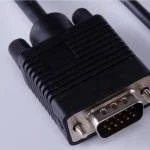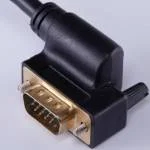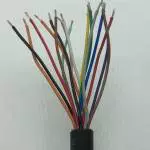Cables are definitely one of the most confusing and complicating things to understand. Especially when it comes to choosing a cable that better suits applications. In recent times molded cables have become an attraction among many users. In fact, it’s now becoming one of the comfortable cable options for users.
What Is Molded Cable?
Molded cables are created by injecting heated molten material into a mold cavity. The mold mechanically attaches the connectors to the cables making it a single part. This gives the cable the ability to withstand vibration, shock, and flexibility along with good exposure to a harsher environment.
Molded cables have become extremely important among many users. But many users rarely notice they use a molded cable. This applies to everyday objects; you perhaps didn’t know your phone charger had a molded cable. So let’s give you a clear guide on these types of cable.



